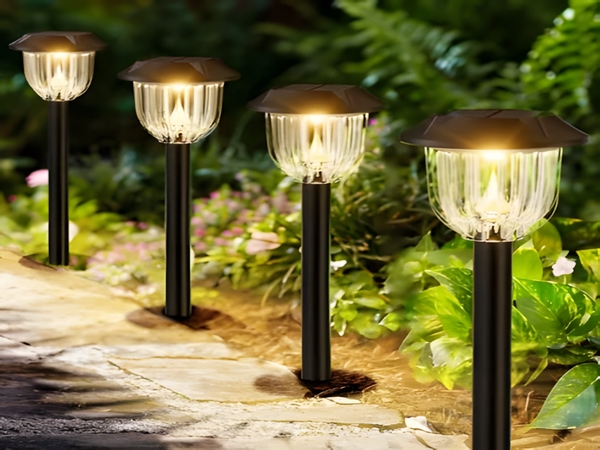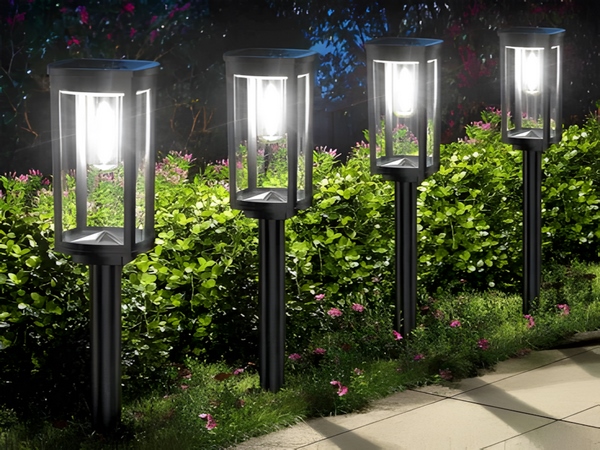
Today, people’s demands for their living environment are increasing. In order to meet homeowners’ needs, there are more and more supporting facilities within communities, making them more complete for residents. It is not difficult to find that many courtyard lights in residential areas have been replaced with solar courtyard lights, which bring more convenience to people. So how should solar courtyard lights be arranged? Let’s take a look.
How should solar courtyard lights be arranged?
1. Quality Over Quantity
The arrangement of solar courtyard lights is not necessarily better with a higher quantity. Overly installing too many courtyard lights can increase the difficulty of the project and lead to resource waste. Arranging solar courtyard lights values quality, not quantity. If the lighting is optional, it is better to skip them.

2. Consider the Color of Light
Solar courtyard lights come in various colors. When arranging them, it is best to choose natural lighting colors and fully utilize natural light. A clever combination of natural light and artificial lighting can create a good effect.
3. Control the Height of Solar Courtyard Lights
If the poles are too high, the lighting effect may deteriorate, while if they are too low, it can create discomfort. Therefore, it is essential to choose the pole height reasonably.

4. Maintain Aesthetic Considerations in Arrangement
A chaotic arrangement can affect aesthetic appeal. It is important to plan rationally, including the position of the solar courtyard lights, the distance between them, and the types of solar courtyard lights used. All these factors should be comprehensively considered to create a more perfect lighting system.
This concludes our discussion on how to arrange solar courtyard lights. Solar courtyard lights do not require wiring, and their maintenance processes and costs are relatively low. Once installed correctly, they are less likely to encounter issues. Although their price is higher than that of traditional courtyard lights, maintenance is easier, and they are energy-efficient and environmentally friendly.



